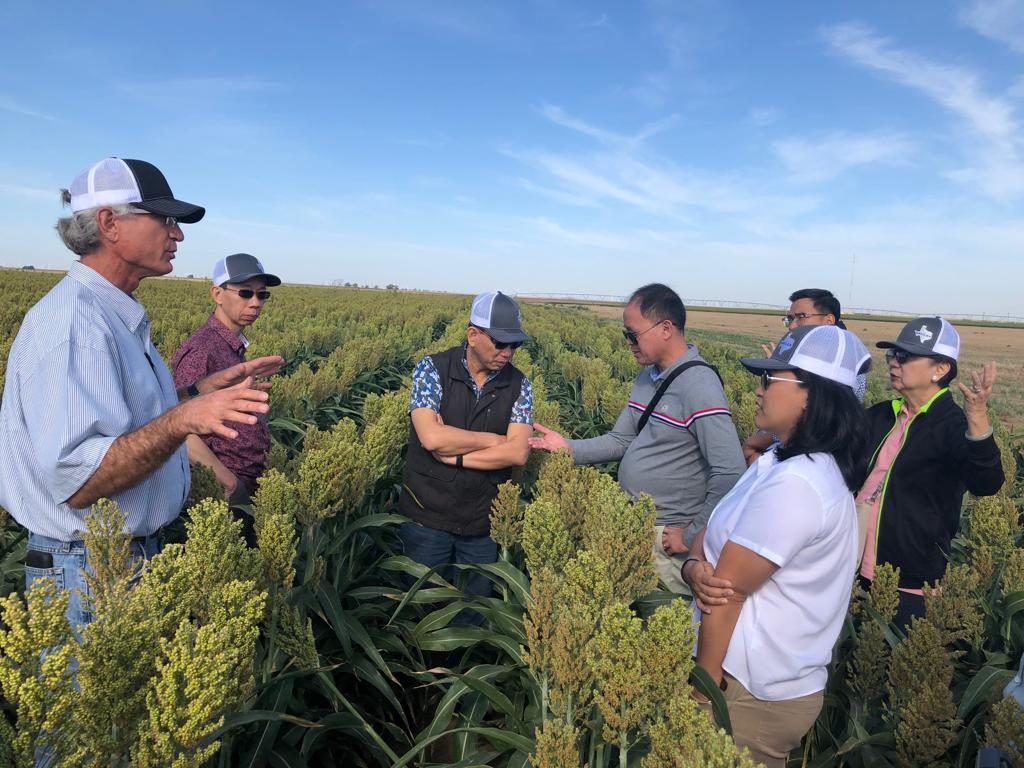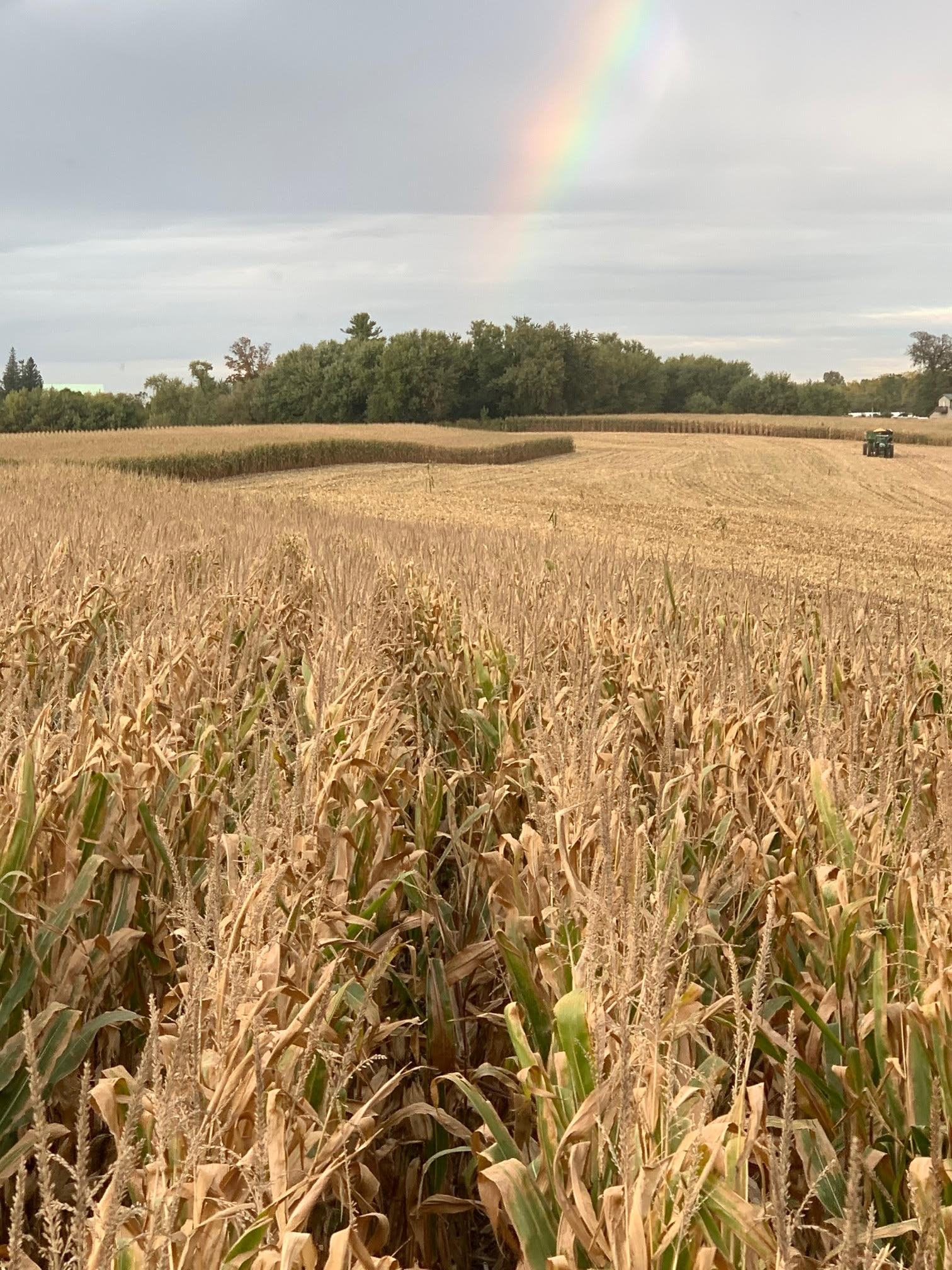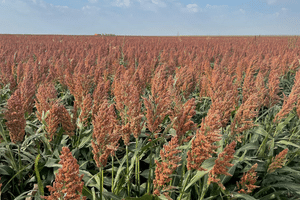Do you ask for 'grain sorghum thesis'? Here you can find questions and answers on this topic.
Chapter 1 of this thesis includes letter a literature review of grain sorghum every bit a model craw, common PRE herbicides used in caryopsis sorghum with A specific focus connected very-long-chain fatty unpleasant (VLCFA)-inhibiting herbicides, A section on the history and economic consumption of herbicide safeners in cereals, and safener-mediated herbicide metastasis in plants.
Table of contents
- Grain sorghum thesis in 2021
- What is sorghum used for
- Milo seed
- Pioneer grain sorghum varieties
- Grain sorghum planting rate
- Grain sorghum production
- Sorghum seed
- Grain sorghum
Grain sorghum thesis in 2021
 This image representes grain sorghum thesis.
This image representes grain sorghum thesis.
What is sorghum used for
 This image shows What is sorghum used for.
This image shows What is sorghum used for.
Milo seed
 This picture illustrates Milo seed.
This picture illustrates Milo seed.
Pioneer grain sorghum varieties
 This image demonstrates Pioneer grain sorghum varieties.
This image demonstrates Pioneer grain sorghum varieties.
Grain sorghum planting rate
 This image representes Grain sorghum planting rate.
This image representes Grain sorghum planting rate.
Grain sorghum production
 This image demonstrates Grain sorghum production.
This image demonstrates Grain sorghum production.
Sorghum seed
 This image representes Sorghum seed.
This image representes Sorghum seed.
Grain sorghum
 This image shows Grain sorghum.
This image shows Grain sorghum.
What causes grain sorghum to have tremen dous?
Anthracnose is caused by the fungus Col - letotrichum sublineolum It can occur in Arkansas wherever grain sorghum is grown. It is most often observed when the weather is hot and humid and on susceptible hybrids can be severe and cause tremen- dous yield losses.
What causes target leaf spot on grain sorghum?
Targetleaf spot Target leaf spot is caused by the fungus Bipo - laris sorgicola It is a common disease in Arkansas grain sorghum and can be severe on susceptible hybrids (Fig. 2). The fungus can infect the plant in all growth stages. It typically survives in soil or residue from the previous year but can also be pres- ent on grassy weed hosts.
What are diseases of grain sorghum grown in Arkansas?
Anumber of diseases affect grain sorghum grown in Arkansas. The dis - eases with the greatest potential to become economically important are primarily caused by fungi, and tend to be problematic just prior to or during the reproductive stages of develop - ment. Production practices in Arkansas are variable with respect to
What are the reproductive structures of grain sorghum?
In the tissue that has been killed (mostly within the lesions), small reproductive structures called acervuli can be seen with the aid of a 10x hand lens. The acervuli are dark colored, mostly black, and have spiny structures protruding called setae.
Last Update: Oct 2021